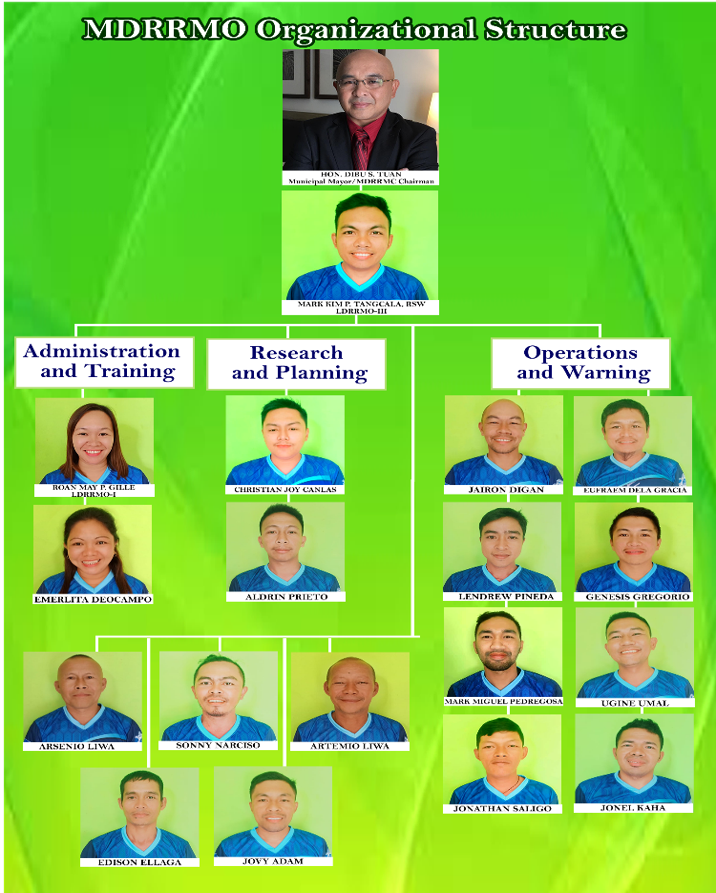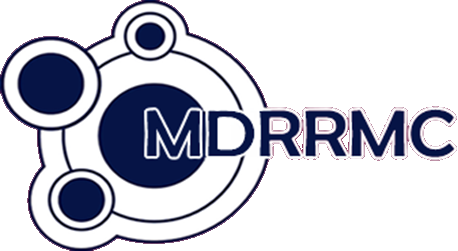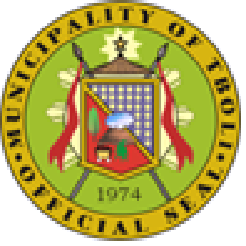Office Profile
The Municipal Disaster Risk Reduction and Management Office (MDRMO) of Tboli, South Cotabato is at the forefront of providing disaster prevention and mitigation, preparedness, response, and rehabilitation and recovery – the Four Thematic Areas of DRRM. MDRRMO shall be responsible for setting the direction, development, implementation and coordination of disaster risk management programs within their territorial jurisdiction.
Tboli MDRRMO was headed by Mr. Mark Kim P. Tangcala, RSW, LDRRM Officer III, together with his permanent staff Ms. Roan May P. Gille, LDRRM Officer I-Administration and Training Section. The office was composed of 18 staff responsible in operations and warning and research and planning.
Vision
A disaster-resilient, climate change adaptive, aware and safe community guided by committed leaders and public servants with a strong spirit of stakeholder commitment ensuring disaster management towards sustainable development
Mission
To continuously build DRRM and CCA capabilities and to reduce potential risks and manage the impacts of hazards, ensure coordinated response and recovery operations in order to protect the people, environment and economy
Organizational Structure

Core Values
-
Confidence in God
Obligation to serve
Persistence in dealing with adversities
Equitable in servicing the needs of disaster-stricken communities
Frontline Services
-
Provision of emergency shelter assistance.
Provision of financial assistance.
Provision of relief goods.
Provision of other disaster related assistance.
Functions of MDRRM Officer
- Operate a multi-hazard early warning system linked to disaster risk reduction to provide accurate and timely advice to national or local emergency response organizations and to the public, through diverse mass media, particularly radio, landline communications, and technologies for communication within rural communities;
- Conduct continuous disaster monitoring and mobilize instrumentalities and entities of the LGUs, CSOs, private groups and organized volunteers, to utilize their facilities and resources for the protection and preservation of life and properties during emergencies in accordance with existing policies and procedures;
- Respond to and manage the adverse effects of emergencies and carry out recovery activities in the affected area, ensuring that there is an efficient mechanism for immediate delivery of food, shelter and medical supplies for women and children, endeavor to create a special place where internally-displaced mothers can find help with breastfeeding, feed and care for their babies and give support to each other;
- Serve as the secretariat and executive arm of the LDRRMC;
- Establish linkage/network with other LGUs for disaster risk reduction and emergency response purposes;
OFFICE FUNCTIONS
- Design, program, and coordinate DRRM activities, consistent with the NDRRMC’s standards and guidelines;
- Facilitate and support risk assessments and contingency planning activities at the local level;
- Consolidate local disaster risk information which includes natural hazards, vulnerabilities, and climate change risks, and maintain a local risk map;
- Conduct research and development initiatives on DRRM;
- Formulate and implement a comprehensive and integrated Local DRRM Plan (LDRRMP) in accordance with the national, regional, and provincial framework, and policies on DRR in close coordination with the Local Development Council (LDC);
- Prepare and submit to the Local Sanggunian through the Local DRRM Council and the LDC the annual LDRRMO Plan and budget, the proposed programming of the LDRRMF, other dedicated DRRM resources, and other regular funding source/s and budgetary support of the LDRRMO or BDRRMC;
- Maintain a database of human resource and their capacities, equipment, directories, and location of critical infrastructures such as hospitals and evacuation centers;
- Serve as the Secretariat and executive arm of the Local DRRM Council (LDRRMC);
- Recommend through the LDRRMC the enactment of local ordinances consistent with RA 10121;
- Prepare and submit, through the LDRRMC and the LDC, the report on the utilization of the LDRRMF and other dedicated DRRM resources to the local COA, copy furnished the regional director of the Office of Civil Defense (OCD) and the local government operations officer of the DILG; and
- Involve the most vulnerable sectors (women, children, senior citizens, and PWD) in risk assessment and planning

